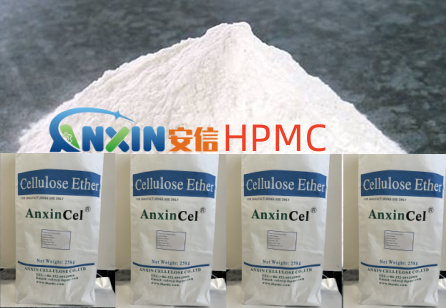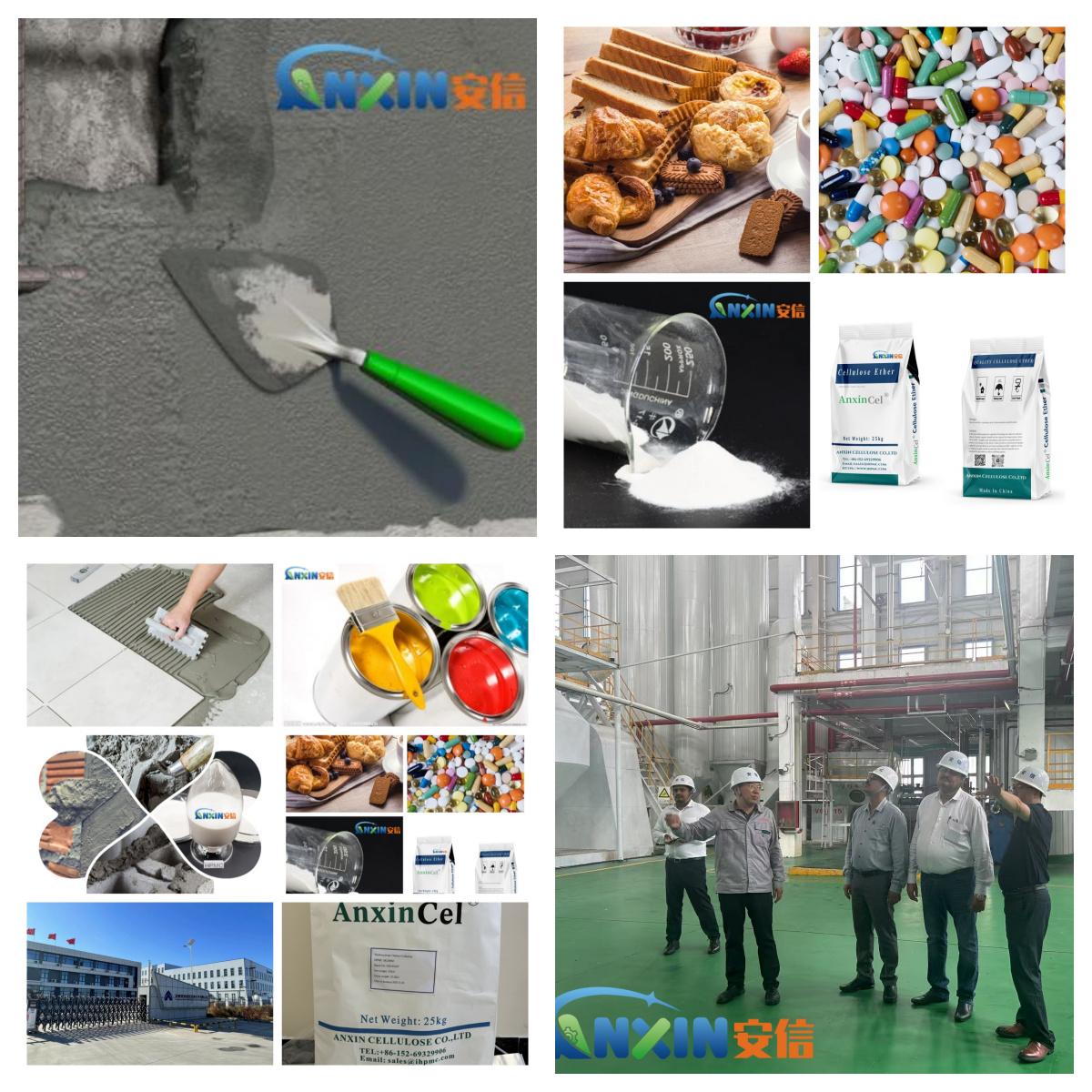Hydroxypropyl methylcellulose (HPMC) is an important nonionic cellulose ether widely used in various industries, including construction, pharmaceuticals, food, and cosmetics. Many people are concerned about the usage rate of HPMC. However, the dosage is not fixed; it varies depending on the industry, product type, performance requirements, and formulation.

1. HPMC Usage Rate in the Construction Industry
The construction industry is one of the primary applications of HPMC, particularly in dry-mix mortar, tile adhesive, putty powder, self-leveling mortar, and thermal insulation mortar. HPMC primarily serves to retain water, thicken, and improve workability. Its usage rate typically ranges from 0.2% to 0.8%, as follows:
Tile adhesive: The HPMC dosage is generally between 0.3% and 0.5%, adjusted based on the tile’s water absorption rate, construction environment, and adhesive grade.
Wall putty: The typical dosage is 0.2% to 0.4% to ensure a smooth, crack-free putty surface. Self-leveling mortar: The dosage is typically 0.1% to 0.3%, and viscosity control is required to maintain fluidity.
Insulating mortar: The dosage of HPMC is generally 0.3% to 0.6% to enhance water retention and adhesion, and prevent hollowing and cracking.
Factors influencing the dosage include the viscosity grade of HPMC (common grades include 40,000 mPa·s, 75,000 mPa·s, and 100,000 mPa·s), product formulation, application temperature, and cement properties.
2. HPMC Usage in the Pharmaceutical Industry
In the pharmaceutical field, HPMC is used relatively infrequently as a material for tablet coatings, sustained-release formulations, and capsule shells, but requires extremely high purity and safety. Common Usages:
Tablet coating: Generally 2% to 5% of the tablet weight is used to control dissolution rate and improve appearance.
Sustained-release tablets: The HPMC content may reach 10% to 40%, serving as a matrix material to delay drug release. Empty capsules: HPMC is almost the primary ingredient in capsules, accounting for over 50%.
3. HPMC Usage in the Food Industry
HPMC is used as a thickener, emulsifier, and stabilizer in foods, and is commonly used in baked goods, beverages, and low-fat dairy products. Usage rates typically range from 0.1% to 0.5%. For example:
Ice cream: Approximately 0.2% added to improve taste and prevent ice crystal formation.
Baked goods: Approximately 0.3% added to enhance moisture retention and softness.
4. HPMC Usage in the Daily Chemical Industry
HPMC is used as a thickener and humectant in shampoos, shower gels, and skincare products, typically at a usage rate of 0.3% to 1.0%. Among these:
Shampoo: 0.3% to 0.6% added to enhance rheological properties and feel.
Skin care lotions: Approximately 0.5% to 1.0% added to improve spreadability and form a moisturizing film.
5. Key Factors Affecting HPMC Utilization Rate
Product Type: Different systems have different requirements, e.g., mortar > food.
HPMC Viscosity: High-viscosity HPMC requires a relatively low dosage, but exhibits superior water retention.
Temperature and Environment: High-temperature applications require higher water retention, which increases HPMC usage.
Formulation Synergy: HPMC usage can be reduced if RDP or starch ether is used as an auxiliary.
There is no fixed standard for HPMC usage; it must be tailored to the specific industry and formulation requirements. Generally, the usage rate for the construction industry is 0.2%-0.6%, for the pharmaceutical industry it can be as high as 40%, for the food industry it is approximately 0.1%-0.5%, and for daily chemical products it is 0.3%-1.0%. Choosing the right HPMC type and dosage not only improves product performance but also effectively controls costs.
Post time: Aug-05-2025
